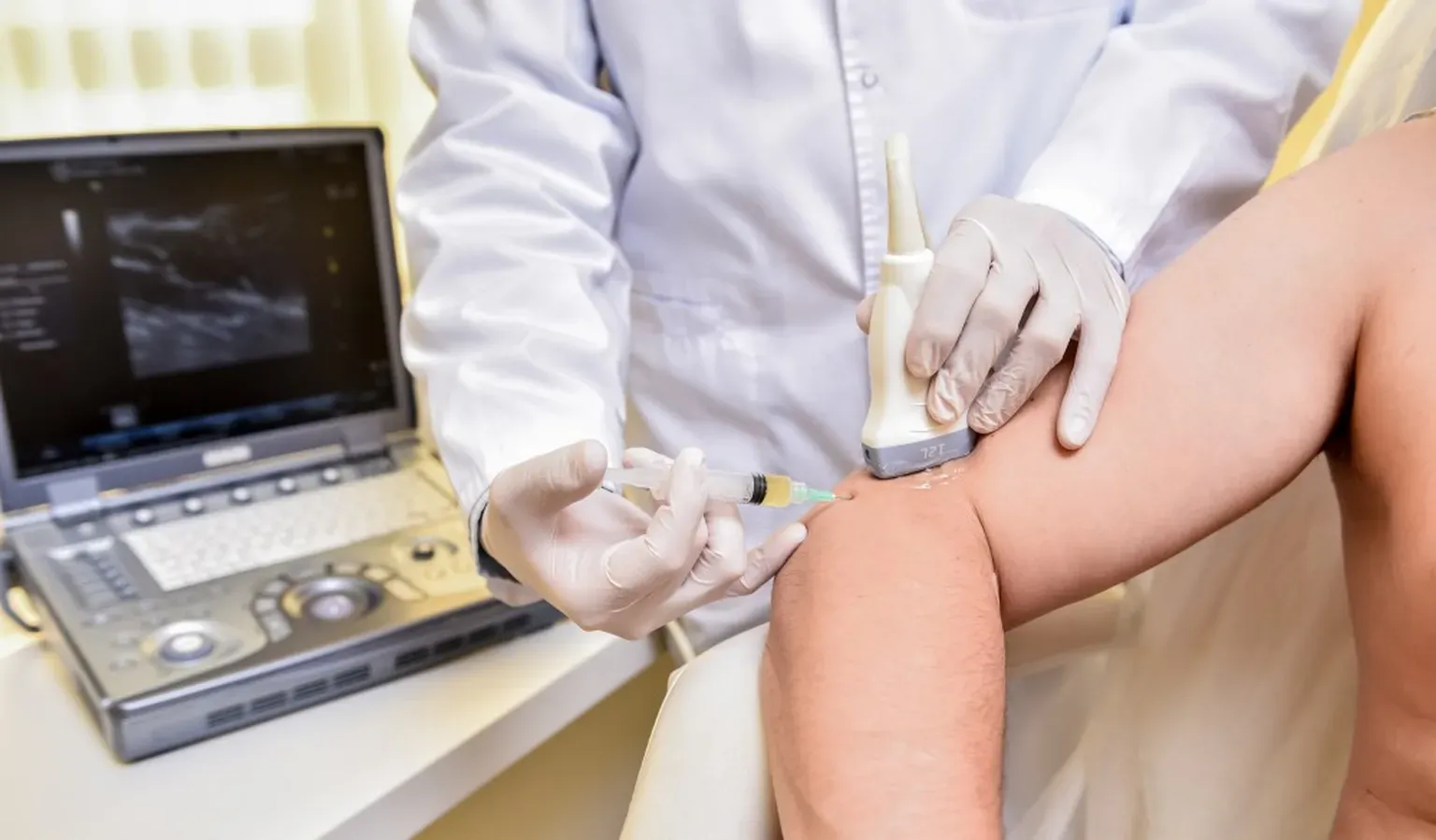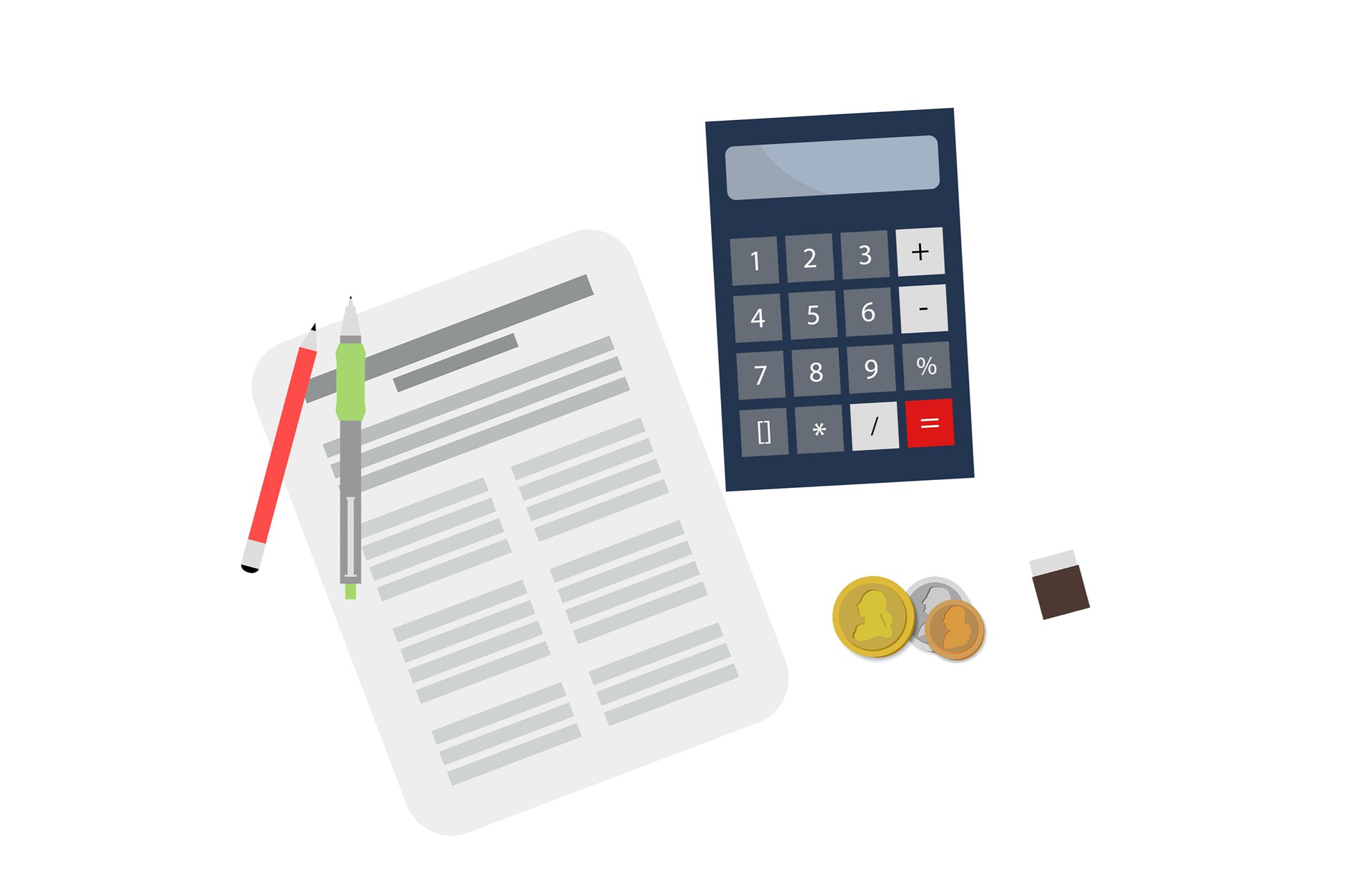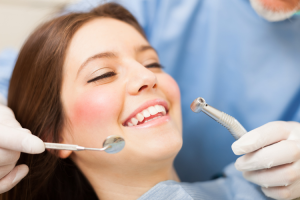Athletes consistently push their bodies to the limit, making injuries common. Recovery can be a time-intensive process due to high-impact collisions, repetitive strain, or overtraining. Platelet-Rich Plasma (PRP) therapy is emerging as a cutting-edge option in sports medicine, garnering attention for its potential to enhance the recovery process in athletes. Below explores how PRP injections are believed to support injury recovery in athletes.
PRP Therapy
Platelet-Rich Plasma, or PRP, is derived from the patient’s own blood. The plasma is concentrated to include a higher-than-average number of platelets, which are naturally rich in proteins called growth factors. These growth factors are thought to play a role in cellular repair and regeneration.
The use of PRP in medicine started in surgeries and wound care, but it has rapidly expanded to multiple fields, including orthopedics and sports medicine. Athletes and medical professionals increasingly explore its applications for injuries tied to tendons, ligaments, and muscles. By harnessing the body’s natural healing mechanisms, PRP injections may hold promise as a complementary treatment for injury recovery.
PRP and the Healing Process
The body heals through a complex process involving cells, proteins, and biochemical signals. Platelets respond to injury by releasing growth factors that repair damaged tissues. When doctors inject PRP into an injured area, they concentrate the body’s healing resources exactly where they are needed most.
Researchers have studied PRP therapy for various injuries common in athletes, including ligament strains, tendon injuries, and muscle tears. They are also exploring PRP for degenerative conditions like osteoarthritis. By releasing targeted growth factors, PRP injections may promote tissue repair and potentially shorten recovery time.
PRP Injection Procedure
The PRP therapy procedure is simple and efficient. First, the doctor draws a small amount of blood from the patient. Then, they place it into a specialized centrifuge. This device spins the blood at high speeds. It separates the platelet-rich plasma from the red and white blood cells. Once the PRP is prepared, it is carefully injected into the injured area using imaging guidance, such as ultrasound, to provide precise placement. While the entire process takes around an hour in most cases, individual treatment may vary depending on the injury’s type and location.
Many athletes appreciate that PRP therapy involves minimal downtime compared to surgical interventions. Following the injection, patients are typically advised to be cautious with the affected area. They can then gradually resume physical activity. When used as part of a comprehensive recovery strategy, PRP injections can potentially support athletes returning to their sport.
Take Control of Your Recovery!
PRP injections are steadily becoming a sought-after option for athletes aiming to recover from injuries while maintaining peak performance. By leveraging the body’s natural healing process, this therapy offers promising potential in addressing a range of sports-related injuries. Athletes should consult a qualified medical professional to determine the best treatment based on their needs and conditions. If PRP injections could aid your recovery, contact a healthcare provider specializing in sports medicine. With the right expertise, injury recovery becomes part of a plan to support long-term athletic performance.









